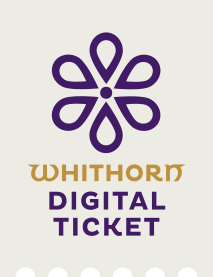At the Whithorn Trust Visitor Centre, you’ll find a warm welcome from our friendly staff, who are happy to answer questions about local tourism attractions and guide you through your visit to our Museum and exhibition. The visit begins with an audio visual presentation, lasting approximately ten minutes, and you can then guide yourselve through the chronological display, which contains both original artefacts which were uncovered in the 1980’s and complete replicas, models and human figures. The site extends outdoors, where the former excavation field is grassed in, but you can visit the ruins of the Priory, enter the crypts where the tomb of St Ninian was visited by thousands of pilgrims before you, seeking cures and forgiveness, and then visit the Museum of inscribed Christian stones. Most importantly, you will see the earliest Christian monument in Scotland, dating from about 450AD : our curator, Jonathan, will give you a tour of the stones, or let you browse peacefully, listening to the audio guide available.
Back at the Visitor Centre, we bake all our own cakes and use local ingredients with low food miles wherever possible : we serve light lunches, freshly ground coffees, and the best range of cakes in the area.
While in Whithorn, do take the time to appreciate the Outstanding Conservation Area, nearly ¾ mile of Georgian terraced houses. These mask a much earlier layout, which can only be seen from above, but the long narrow walled gardens are the clue to the mediaeval past of the town. Small family-owned shops line the main street – the residents are friendly and the shop owners believe in old-fashioned service. You can get public transport to and from Whithorn and we have a range of tourist information on display – or just ask. We receive plenty of enquiries about family history searches and will always try to find answers we don’t have.
Booked groups can ask for a guided tour from one of our experienced guides, and booked school and family groups can ask to see the archaeopuzzle, which is an idealised section of the excavation site from the topsoil through mediaeval, Norse, Northumbrian and early Christian layers.
Don’t forget our special exhibits each year : this year, we have the national treasure, the Whithorn Crozier, dating to the 12th Century!

